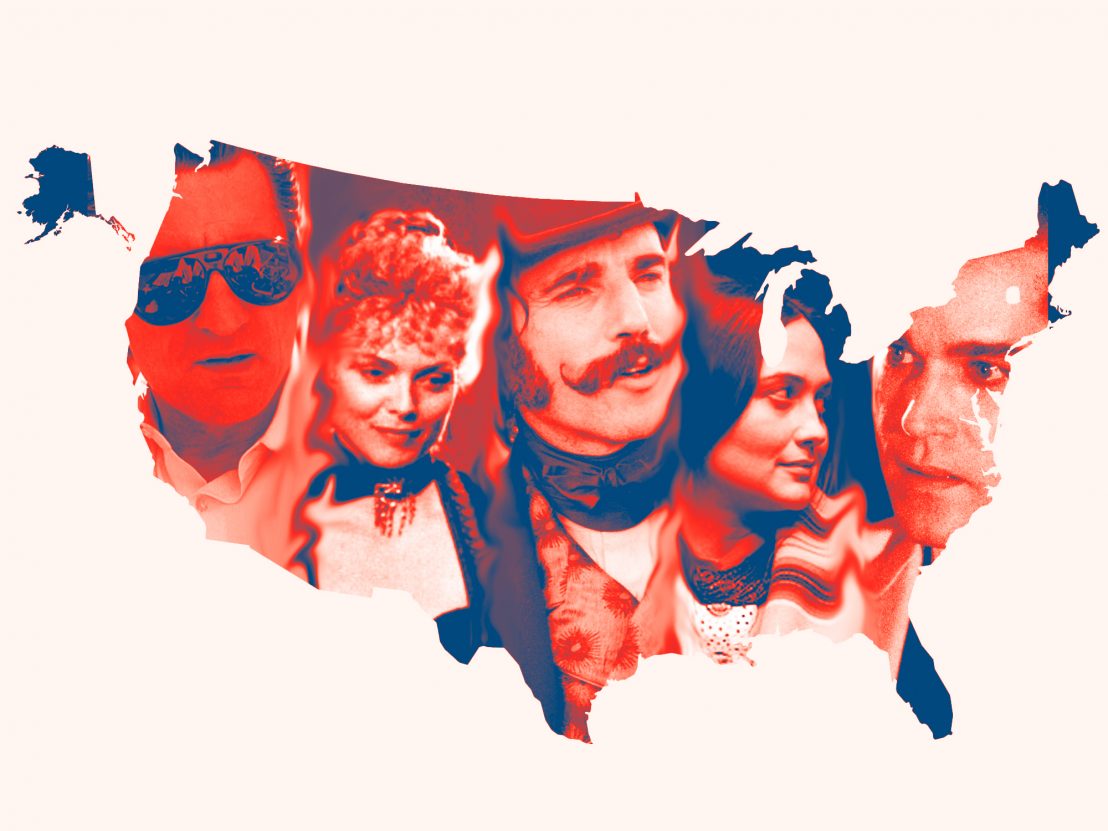
Across seven decades, Martin Scorsese has been constructing his own vision of the United States' bloodstained mythology.
Martin Scorsese has firmly cemented his place as one of the greatest filmmakers of his generation – possibly all time. Killers of the Flower Moon, the first narrative feature in the seventh decade of his storied career, recounts a dark chapter in American history, taking place in 1920s Oklahoma. It’s a disturbing account of the violence perpetrated by white America against the prosperous Osage tribe. Once more Scorsese shows his unflinching willingness to chronicle the darker side of the American identity – a preoccupation which has seen him tackle series from the Civil War years through to modern-day financial corruption.
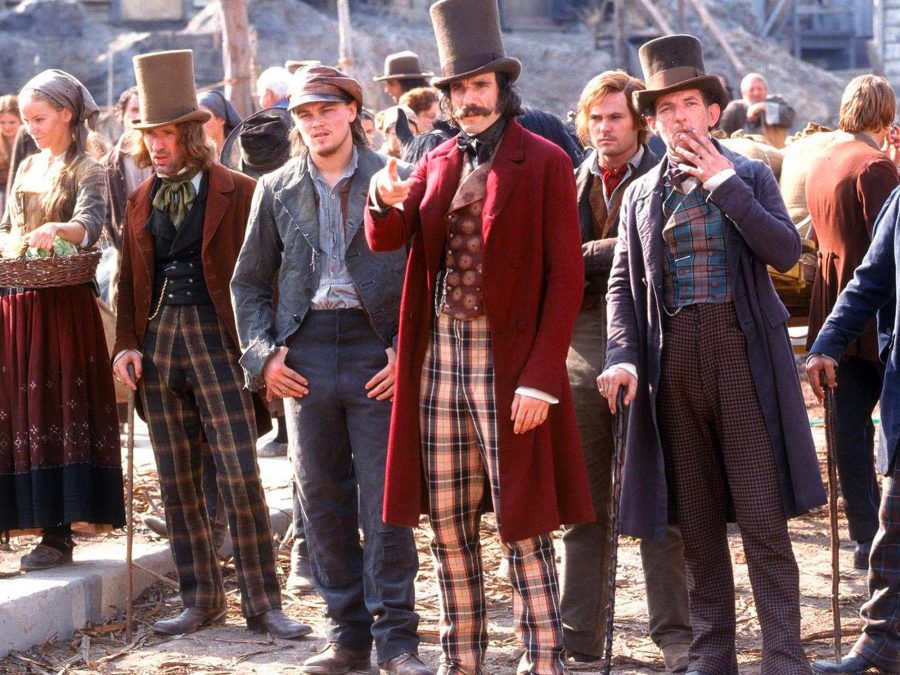
It was five decades into his career before Scorsese journeyed deep into New York City’s past, albeit he’d planned to adapt Herbert Asbury’s expose about the city’s 19th-century gangs as early as the 1980s.
Scorsese and screenwriter Jay Cocks glimpse the hell that was The Five Points of New York, a hotbed of violence and poverty in the mid-nineteenth century. Having already depicted the gang culture in Mean Streets and Goodfellas, here he tracks the origins of New York’s violent history to its roots, before the Italian mafia took hold, when Irish Catholic immigrants grappled for power with the Protestant Confederation of American Natives (a movement which had nothing to do with the actual Native American people).
New York in Scorsese’s film, with its violence and divisions, is a microcosm of the larger picture of a divided America in the midst of the Civil War. The present-day political turmoil that divides the country, especially the weaponisation of immigration, provides Scorsese’s mid-nineteenth-century hell with an enduring timelessness. Bill the Butcher’s (Daniel Day-Lewis) words as he turns up to fight the Irish gangs at the beginning of the film, denouncing Catholicism and describing the Irish as foreign hoards defiling the land, are not so out of touch with the present-day xenophobic and nationalistic stirrings, that reveals the irony of America’s dream of liberty and freedom for all, supposedly equal under God.

Before depicting the grime and poverty, the violence and racism of nineteenth-century New York, Scorsese and Cocks’ adaptation of Edith Wharton’s 1920 novel shows the city’s polite and mannered side. There’s a pristine delicacy of etiquette in social circles, overseen by New York’s oldest families. It’s a lifestyle The Gangs of New York only gives us a glimpse of, when Amsterdam (Leonardo DiCaprio) follows Jenny (Cameron Diaz) from the squalor of The Five Points, into the home of a wealthy family to steal valuable belongings. The Age of Innocence reveals a different, albeit perilous world of social politics, in which characters can find themselves shamed, snubbed or ostracised by society. Beneath the pristine lives of the New York elite, the world is governed by human nature’s angels and demons, and like Amsterdam, The Age of Innocence’s Newland Archer (Daniel Day-Lewis) must also assume a role. Whereas Amsterdam in Gangs of New York is motivated by revenge against Bill the Butcher (Daniel Day-Lewis), the Native gang leader who killed his father in a Five Points street fight, Newland is motivated by fatherhood, even if it means giving up the woman he loves.
For Scorsese, who recalls as a young boy the blood and broken glass on the sidewalk, this view of New York is alien. It’s fitting that he’d draw on his personal experience of a dystopian New York in his cinema, and together, The Gangs of New York and The Age of Innocence complete the director’s look at nineteenth-century New York as a tale of two cities. The contrast of lifestyle and culture afforded by wealth, between those who have and those who don’t, is still divisive in America today, as the wealth gap continues to compound inequality, that threads together past, present and future.
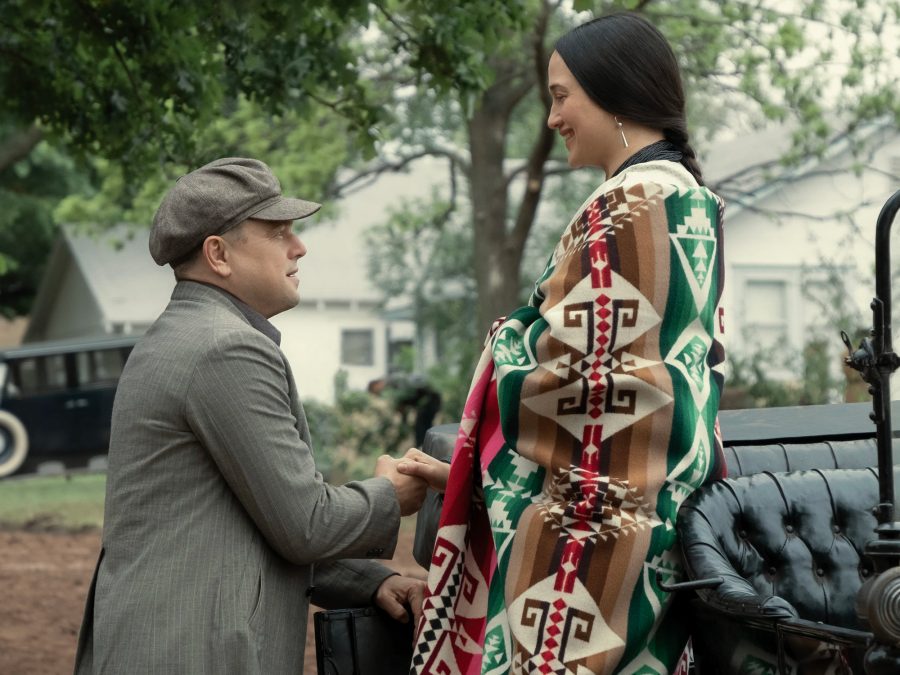
Set in Oklahoma, this is the closest Scorsese has come to charting America’s fabled frontier. Sergio Leone, an innovative director behind the Spaghetti Westerns, spoke about how – unlike the American directors who romanticised the savagery of the American West – foreign directors could take a contrarian position. In Killers of the Flower Moon, Scorsese (who is Italian-American) explores the culture of xenophobic violence and white entitlement behind the suspicious murders of the wealthy Osage tribe.
Despite the presence of institutional authority, the FBI and a former Texas Ranger investigating the murders, the film is a grim look at America, whose moral integrity is thwarted by the demons that the first white settlers and successive white migrants brought to violently bear on America and its native inhabitants.
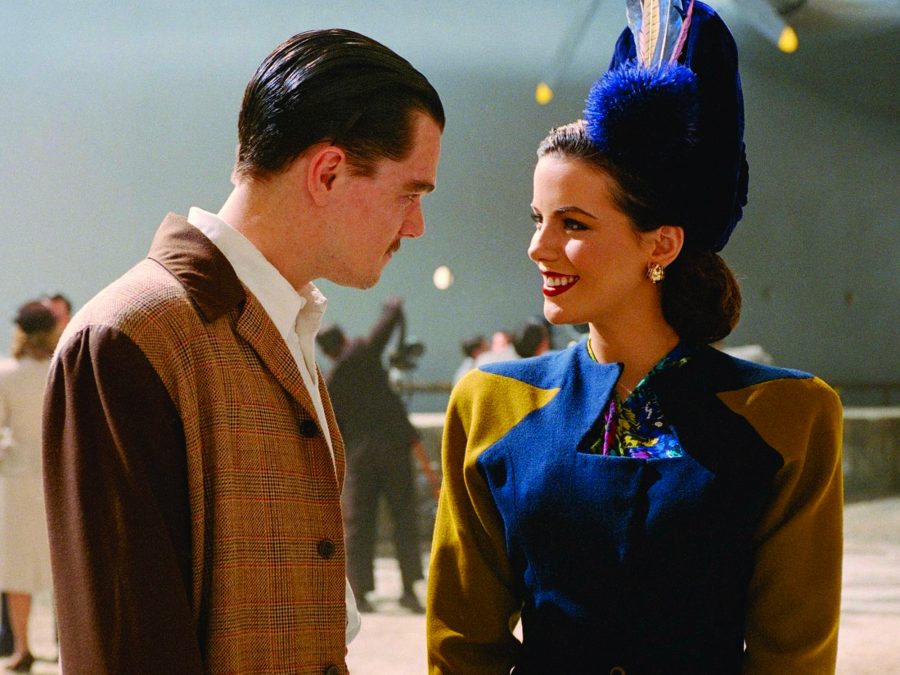
The sheen has long worn off the image of old Hollywood and the illusion of its stars as aspirational figures to be fawned over. It was an image the studios fastidiously worked to create, and Howard Hughes, filmmaker, pilot and aviation entrepreneur, is a metaphor for the fragility of this manufactured mirage. DiCaprio plays the obsessive Hughes, who abandons films to pursue aviation ventures and winds up a reclusive figure. His personal tragedy, cracking under his obsessive-compulsive disorder, is a well-known part of Hollywood lore, which even The Simpsons humorously reference.
Unlike Billy Wilder who fired a dark satirical shot across the bow of Hollywood with Sunset Boulevard, Scorsese’s critique of Hollywood is a subtle and indirect metaphor. Hughes leaves filmmaking behind and takes controlling ownership of Transcontinental & Western Air (TWA). Scorsese again exposes corruption, this time in the dealings between (Hughes’ competitor) Pan Am’s Juan Trippe (Alec Baldwin), and Senator Brewster (Alan Alda), who introduced the Community Airline Bill to impede fair competition on international flights.
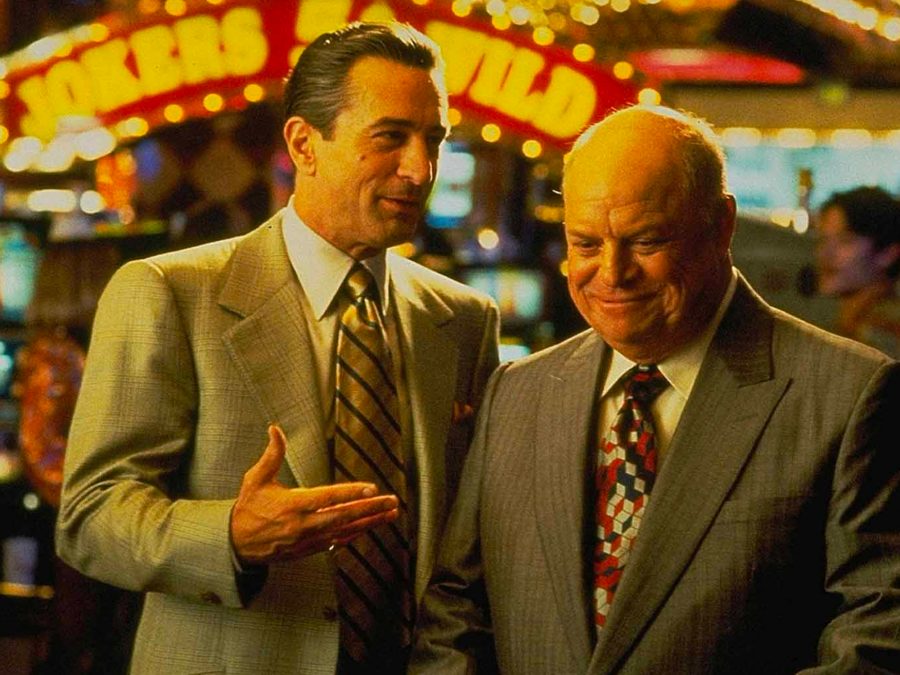
Scorsese’s gangster films, a signature of his oeuvre, are inseparable from surveying American history. The characters of Goodfellas, Casino and The Irishman are based on real-life characters and nonfiction books. Goodfellas charts the criminal career and entry into the witness protection programme of mob associate Henry Hill (Ray Liotta). Casino’s Sam “Ace” Rothstein (Robert De Niro) is based on Frank “Lefty” Rosenthal, who ran the Las Vegas casinos for the Chicago mafia, and his best friend and enforcer Nicky Santoro (Joe Pesci) and wife Ginger McKenna (Sharon Stone) are also based on real-life persons. The Irishman follows Frank Sheeran (De Niro), a truck driver turned hitman, who worked for the Italian mob and was potentially involved in the murder of labour union leader Jimmy Hoffa. Meanwhile, The Departed, set in Boston, was based on the city’s Winter Hill Gang, with Matt Damon’s corrupt Sergeant Sullivan and Jack Nicholson’s Francis “Frank” Costello, who were inspired by a corrupt FBI Agent and Irish-American crime boss.
Set across three decades in American history, these films are a disturbing reminder of the underworld enterprises that have thrived throughout the country’s history – from New York on the East Coast to Nevada on the West Coast. The popularity of Scorsese’s gangster pictures attests to the audience’s fascination with the dark side of human nature and society. Whether intentional or not, these films, like the early Warner Bros. gangster pictures, help to mythologise a way of life through real-life crime turned into entertainment. It’s evidence of how the film industry openly monetises the worst aspects of American society, profiting off the country’s criminal past. Where is the line between innocent interest and glamorising murder? Scorsese asks the audience, or society, a question he defers from answering.

Unsettling for audiences in the 1970s, Taxi Driver has lost none of its uncomfortable bite. In the shadow of escalating public shootings, watching Travis meet the gun salesman in the hotel, who almost fetishes the weapons when describing them, is particularly disturbing, a reminder not only of America’s relationship with firearms but their continued accessibility.
Meanwhile, as a Vietnam veteran, Travis’ existential crisis is representative of the crisis facing soldiers returning from war, who find it difficult to find meaning and purpose, and a place to belong once they return to civilian life. Travis’ vigilante violence speaks directly to America’s struggle with domestic terrorism and the role military veterans play in these extremist groups. Scorsese’s film is not only about post-war 1970s America, but the relationship the country has with its veterans, some of whom embrace the conflict of political ideology, and have shown a propensity for violence with the intent of undermining America as a democratic institution. Taxi Driver’s urban nightmare now seems to be disturbingly prophetic about present-day America.
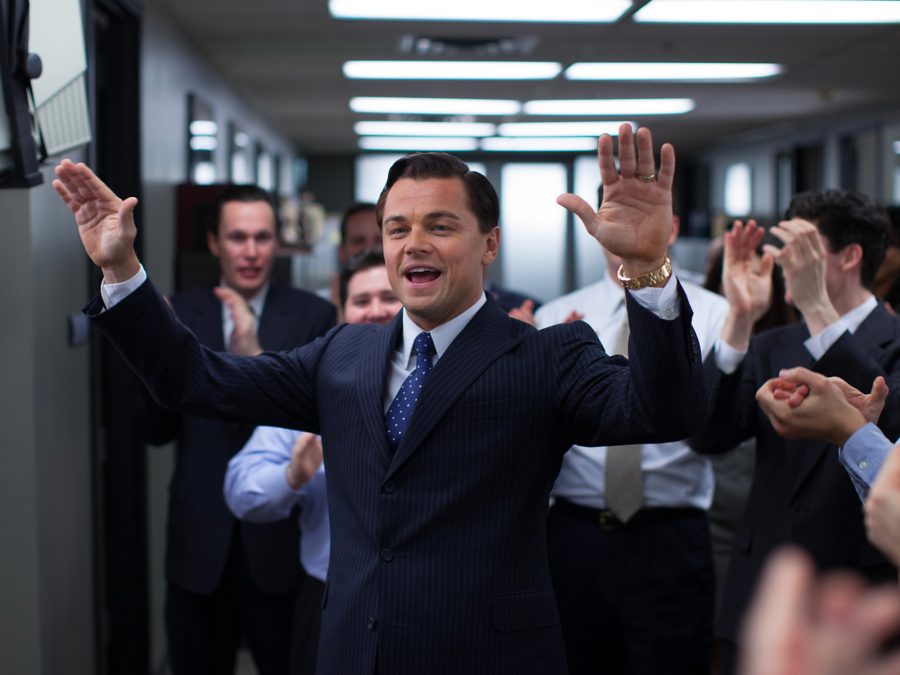
An echo of Scorsese’s gangster pictures, the adaptation of convicted stockbroker Jordan Belfort’s memoirs, is about greed and corruption. It addresses the need for financial regularisation, yet we’ve witnessed the fallout from de-regularising laws for the financial sectors after the Wall Street Crash which has been devastating. The Wolf of Wall Street is about how greed shrinks moral integrity, something former President Donald Trump’s convictions attest to, which, along with Belfort’s crimes, are a reminder of the scandals, some devastating to ordinary Americans who must bear the brunt of the consequences.
The Wolf of Wall Street appears to be a hedonistic film without any judgment, but Scorsese leaves us to contemplate the horror of human greed and desire. It’s less a reflection of America, and more of human nature because a country is shaped by people and driven by their capitalist ideology. It’s as much a disturbing look at American history – the inability to learn that people have to be governed against their demons.
Published 19 Oct 2023
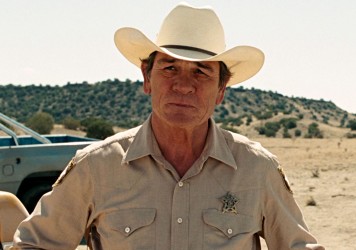
By Paul Risker
Hail, Caesar! is the latest entry into the directors’ career-long reframing of their country’s storied past.

Martin Scorsese’s wistful remembrance of tragedies that befell the Osage nation is a film of high seriousness and low spectacle.
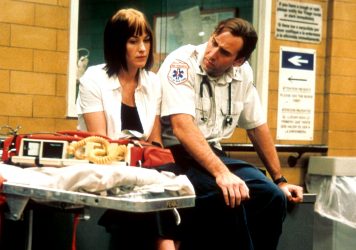
By Jake Cole
Released in 1999, Bringing Out the Dead is a clear response to the perceived ambiguity of Taxi Driver.